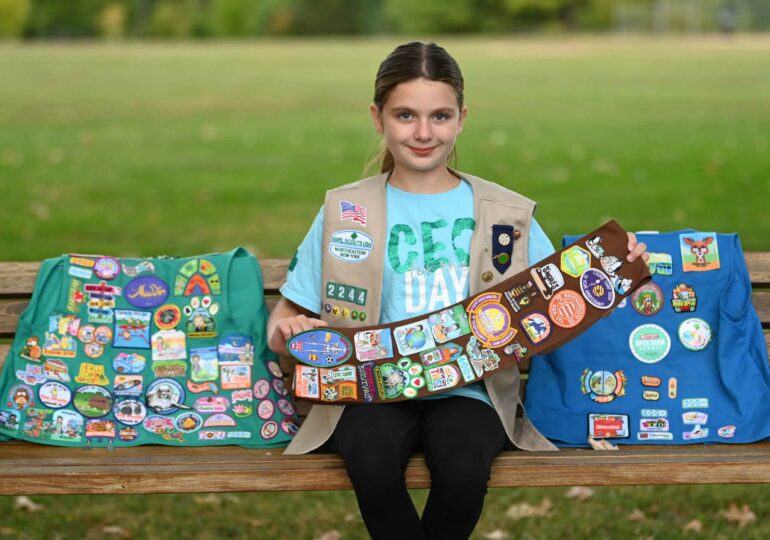Just like people confronted with a sea of options at the grocery store, bees foraging in meadows encounter many different flowers at once. They must decide which ones to visit for food, but it isn’t always a straightforward choice.
Flowers offer two types of food: nectar and pollen, which can vary in important ways. Nectar, for instance, can fluctuate in concentration, volume, refill rate and accessibility. It also contains secondary metabolites, such as caffeine and nicotine, which can be either disagreeable or appealing, depending on how much is present. Similarly, pollen contains proteins and lipids, which affect nutritional quality.
When confronted with these choices, you’d think bees would always pick the flowers with the most accessible, highest-quality nectar and pollen. But they don’t. Instead, just like human grocery shoppers, their decisions about which flowers to visit depend on their recent experience with similar flowers and what other flowers are available.
I find these behaviors fascinating. My research looks at how animals make daily choices – especially when looking for food. It turns out that bees and other pollinators make the same kinds of irrational “shopping” decisions humans make.
Predictably irrational
Humans are sometimes illogical. For instance, someone who wins $5 on a scratch ticket immediately after winning $1 on one will be thrilled – whereas that same person winning $5 on a ticket might be disappointed if they’re coming off a $10 win. Even though the outcome is the same, perception changes depending on what came before.
Perceptions are also at play when people assess product labels. For instance, a person may expect an expensive bottle of wine with a fancy French label to be better than a cheap, generic-looking one. But if there’s a mismatch between how good something is and how good someone expects it to be, they may feel disproportionately disappointed or delighted.
Humans are also very sensitive to the context of their choice. For example, people are more likely to pay a higher price for a television when a smaller, more expensive one is also available.
These irrational behaviors are so predictable, companies have devised clever ways to exploit these tendencies when pricing and packaging goods, creating commercials, stocking shelves, and designing websites and apps. Even outside of a consumer setting, these behaviors are so common that they influence how politicians design public policy and attempt to influence voting behavior.
Like minds
Research shows bumblebees and humans share many of these behaviors. A 2005 study found bees evaluate the quality of nectar relative to their most recent feeding experience: Bees trained to visit a feeder with medium-quality nectar accepted it readily, whereas bees trained to visit a feeder with high-quality nectar often rejected medium-quality nectar.
My team and I wanted to explore whether floral traits such as scents, colors and…



